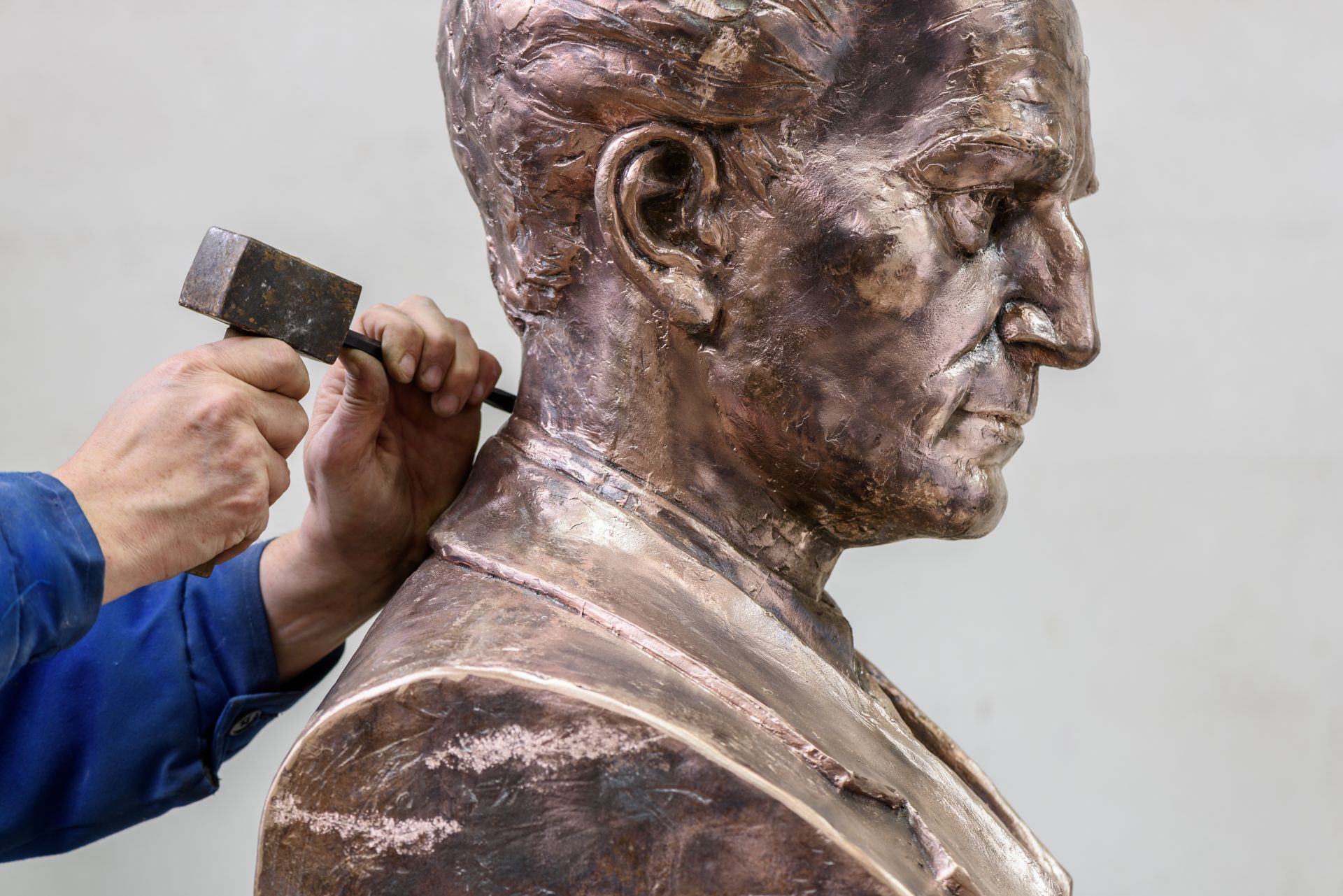When talking about brass and bronze, we most often think about these alloys in industrial settings, such as bronze industrial bushings and bearings, or brass valves and plumbing fixtures. Yet walk into a museum and will be surrounded by sculptures made out of bronze, or attend a classical opera and you will see brass instruments. These two casting alloys have an interesting and long history in decorative applications around the world. Artists and jewelries still use these alloys today in their work.
Brass and bronze are commonly selected due to the exceptional beauty of the metal and its workability. Brass can be found as red brass and yellow brass, while bronze has a golden to brown hue and can even come in white. The range of colors in brass are due to the varying amounts of zinc alloyed to the copper. One of the reasons that many people are turning to brass and bronze is because these alloys are more affordable for their budgets versus more expensive gold and silver.
Brass is a very strong alloy with corrosion resistance. It is also malleable, as it can be worked in different ways to create intricate details in jewelry. It can be cast due to its low melt point. The brass stretches under pressure, which is often desired in the jewelry industry as it will fill the crevices around gems and stones for a secure attachment. Brass can also be cold-worked while still retaining its strength and soldered or brazed together.
You see brass in necklaces, rings, cuffs, earrings, bracelets, bangles, and as bezel pins on watches. An interesting characteristic to brass is that jewelers can change the color of it using heat, called heat patina, or by applying chemicals. The jewelry can take on a black, blue-green or reddish-brown colored patina.
Bronze is another alloy used for decorations around the world. While it is occasionally found in jewelry, you will see it more as the desired medium for metal sculptures. It can be cast as small statuettes and large statues, such as the Richard of Lionheart statue made by Carlo Marochetti that sits outside the Palace of Westminster in London. The main characteristics of bronze that benefits sculptures are the ductility of the alloy so it is not brittle when cast, and its incredible strength. Bronze also has the capability of expanding when hot to fill a mold and then contracting when cooled so it can be taken out of the mold more easily.
Bronze has the habit of developing a tarnish as it ages. To control the color of bronze, corrosive materials may be applied to create a patina after the bronze goes through a final polish once it has been cast.
Types of brass and bronze to use for decorative applications include art caster’s brass, jeweler’s manganese bronze, silicon bronze and white bronze. Whether selecting bronze or brass alloys for your applications, turn to Belmont Metals for the desired alloys that you need. We have a range of brass, bronze and other copper-based alloys that can bring beauty, longevity and strength to your creations.

